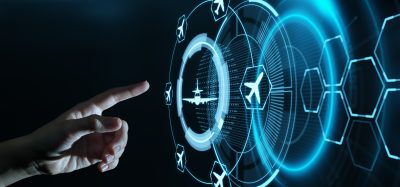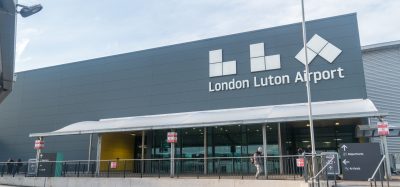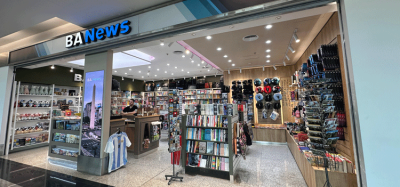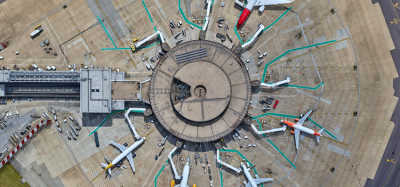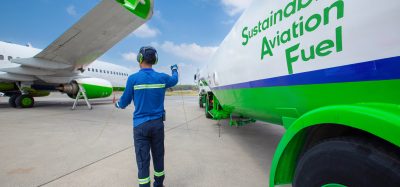Simplified Arrival biometric process introduced at Charlotte Douglas Airport
- Like
- Digg
- Del
- Tumblr
- VKontakte
- Buffer
- Love This
- Odnoklassniki
- Meneame
- Blogger
- Amazon
- Yahoo Mail
- Gmail
- AOL
- Newsvine
- HackerNews
- Evernote
- MySpace
- Mail.ru
- Viadeo
- Line
- Comments
- Yummly
- SMS
- Viber
- Telegram
- Subscribe
- Skype
- Facebook Messenger
- Kakao
- LiveJournal
- Yammer
- Edgar
- Fintel
- Mix
- Instapaper
- Copy Link
Posted: 18 May 2021 | International Airport Review | No comments yet
By introducing the Simplified Arrival process at Charlotte Douglas Airport, U.S. Customs and Border Protection is now offering travellers a safe and touchless experience.
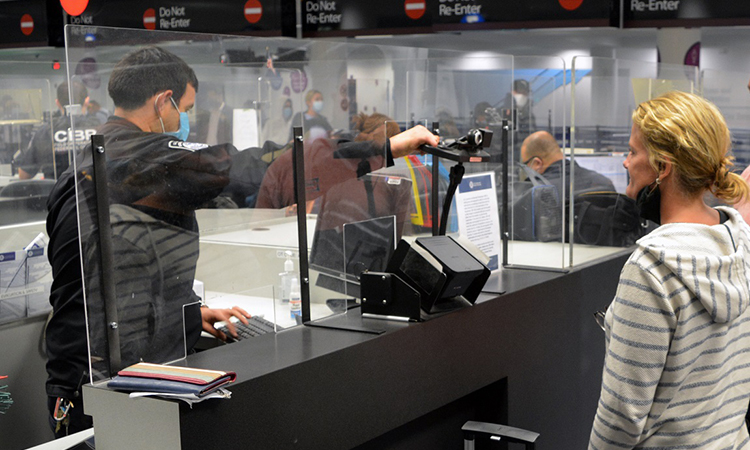

Credit: U.S. Customs and Border Protection
U.S. Customs and Border Protection (CBP) has announced that it has implemented its Simplified Arrival biometric facial comparison technology at Charlotte Douglas International Airport (CLT) as part of CBP’s efforts to secure and streamline international travel.
“CBP is expanding the use of facial biometrics at Charlotte Douglas International Airport to provide travellers with a safe, touchless international arrival process that further secures and modernises air travel,” said Barry Chastain, CBP Area Port Director Charlotte. “Our valuable partnership with CLT continues to enhance the travel experience. In addition, CBP looks forward to partnering with stakeholders at other international ports of entry across North Carolina to implement Simplified Arrival.”
Simplified Arrival is an enhanced international arrival process that uses facial biometrics to automate the manual document checks that are already required for admission into the U.S. This process provides travellers with a secure, touchless travel experience while fulfilling a longstanding Congressional mandate to biometrically record the entry and exit of non-U.S. citizens.
“We are excited to partner with U.S. Customs and Border Protection to offer Simplified Arrival at CLT,” said Acting Aviation Director at Charlotte Douglas Airport, Haley Gentry. “As one of the busiest airports in the world, this innovative technology will provide our millions of passengers each year with an enhanced customer experience upon their return to the U.S.”
The biometric facial comparison process occurs only at a time and place where travellers are already required by law to verify their identity by presenting a travel document. When a traveller arrives at CLT, he or she will pause for a photo at the primary inspection point. A CBP officer will review and query the travel document, which will retrieve the traveller’s passport or visa photo from government holdings and compare it to the new photo.
This enhanced process using facial biometrics only takes a few seconds and is more than 98 per cent accurate. In addition, foreign travellers who have travelled to the United States previously may no longer need to provide fingerprints, as their identity will be confirmed through the touchless facial biometric process.
CBP is committed to its privacy obligations and has taken steps to safeguard the privacy of all travellers. CBP has employed strong technical security safeguards and has limited the amount of personally identifiable information used in the facial biometric process. New photos of U.S. citizens will be deleted within 12 hours. Photos of most foreign nationals will be stored in a secure U.S. Department of Homeland Security (DHS) system.
U.S. travellers and foreign nationals who are not required to provide biometrics and wish to opt out of the new biometric process can simply notify a CBP officer as they approach the primary inspection point. These travellers will be required to present a valid travel document for inspection by a CBP officer and will be processed consistent with existing requirements for admission into the U.S.
Simplified Arrival pairs one of the industry’s highest ranked facial comparison algorithms (as assessed by the National Institute of Standards and Technology) with trained CBP officers who are skilled at verifying the authenticity of travel documents. If a traveller cannot be matched to a photo on record using the Simplified Arrival process, the traveller will proceed through the traditional inspection process consistent with existing requirements for admission into the U.S.
To date, more than 72 million travellers have participated in the biometric facial comparison process at air, land and sea ports of entry. Since September 2018, CBP has leveraged facial biometrics to prevent more than 650 imposters from illegally entering the U.S. by using genuine travel documents that were issued to other people.
Related topics
Airside operations, Biometrics, New technologies, Passenger experience and seamless travel, Safety, Security, Terminal operations
Related airports
Related organisations
National Institute of Standards and Technology (NIST), U.S. Customs and Border Protection (CBP), U.S. Department of Homeland Security (DHS)



